To Stay Competitive In The EV Transition, Suppliers Focus On Gas Engines
The simplification of the automobile that’s set to take place with the transition to electric drivetrains is a troubling trend for the industry. As Bertel Schmitt has already explored, switching to electric drive could see component counts cut by as much as 90 percent, meaning the suppliers who build most of the components in modern cars are staring down a steep drop in their business. As Automotive News [sub] reports, even electric motors, which were once thought of as a growth area for suppliers looking to get in on the EV shift, are being largely built by OEMs, freezing suppliers out of potential growth. Toyota, Nissan and GM supply their own electric motors, leaving suppliers like Remy International behind in the dust. So how can suppliers stay competitive as EVs become more popular? Counter-intuitively, the answer may be gas-powered range extenders.
Several firms have announced new developments in range-extending technology of late, including GM, which recently hinted at a future Wankel rotary range-extender on future iterations of the Chevy Volt. We dismissed the rumor initially as just another way for GM to keep hype around the Volt bubbling, but it seems that The General isn’t the only one spinning right round baby, right round over the possibilities of using a rotary electricity generator. Audi is currently looking into the possibility of a Wankel range-extender, specifically for subcompact applications like a possible E-Tron version of its A1 city car.
Interestingly though, only OEMs are looking seriously at unusual engine configurations for passenger-car range-extenders. Sure, Capstone has developed a CNG-capable micro-turbine for hybrid applications, but it’s designed for hybrid bus applications rather than mass-market cars. Generally, three-cylinder engines seem to be the favored solution for bolt-on range extenders and other hybrid applications, with companies like Mercedes, Jaguar and BMW hinting at future three-pot-powered vehicles.
Anticipating this demand, Lotus Engineering has developed a line of 1.2 liter, three-cylinder range-extending engines that it hopes will offer an out-of-the-box solution for firms that want to sell EVs but don’t want to worry about range anxiety hurting sales. Thanks to aluminum monoblock construction, and Lotus’s decision to integrate the cylinder block, cylinder head and exhaust manifold in one casting, the new range of Lotus range-extenders weigh a mere 125 lbs. With that compact of packaging, the OEM-developed Wankels will be hard-pressed to deliver enough size and weight benefits to outweigh the cheaper, simpler, inherently more-efficient three-banger that Lotus is about to put into production.
But will range-extenders catch on? That’s a huge open question that the OEMs still have yet to answer. According to Automotive News [sub]’s survey of the industry, most automakers are waiting to watch how round one develops, in which the non-extended Nissan Leaf will take on the extended-range Chevy Volt. After all, range-extenders require more batteries due to incomplete charge-draining and increased battery degradation, adding cost before the range-extender is even bolted on.
Based on their relative performances, it seems much of the industry will then decide whether or not to more heavily favor range-extenders. Which could mean more work for companies like Lotus, or it could mean going back to counting the number of parts suppliers are no longer needed to build. There’s a lot at stake, and the possibilities are wide open. And for a number of suppliers, this single question could be a matter of life or death.
More by Edward Niedermeyer
Latest Car Reviews
Read moreLatest Product Reviews
Read moreRecent Comments
- Spectator Wild to me the US sent like $100B overseas for other peoples wars while we clammer over .1% of that money being used to promote EVs in our country.
- Spectator got a pic of that 27 inch screen? That sounds massive!
- MaintenanceCosts "And with ANY car, always budget for maintenance."The question is whether you have to budget a thousand bucks (or euro) a year, or a quarter of your income.
- FreedMike The NASCAR race was a dandy. That finish…
- EBFlex It’s ironic that the typical low IQ big government simps are all over this yet we’re completely silent when oil companies took massive losses during Covid. Funny how that’s fine but profits aren’t. These people have no idea how business works.


















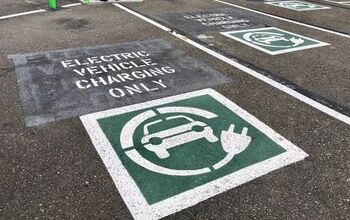

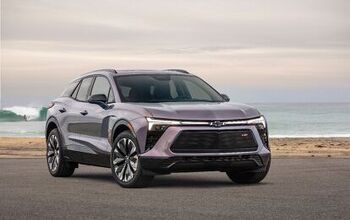
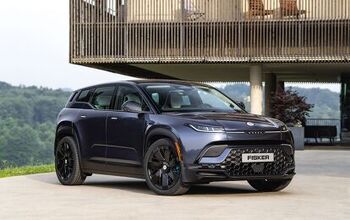

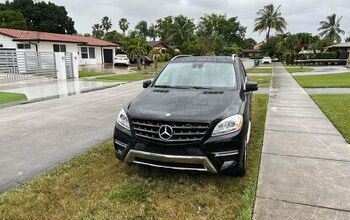

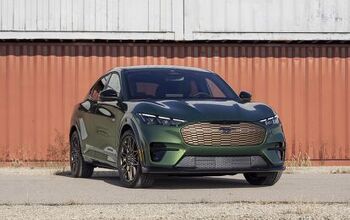
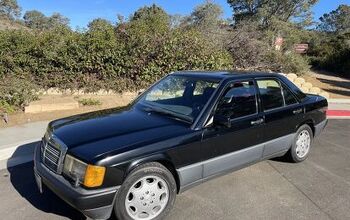



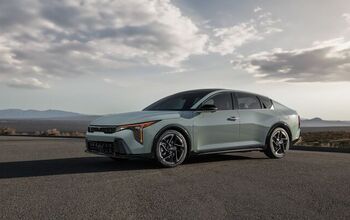
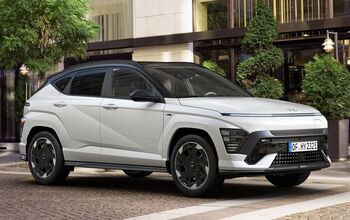
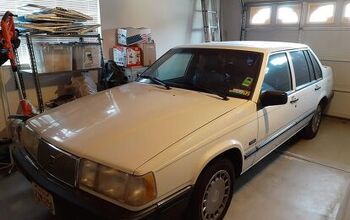

Comments
Join the conversation
There is some talk this unit, including the generator will cost $1500-$2500.. so whats the big deal replacing it?.. in any case a range extender genset will accumulate very few hours during the life of the car.
The service industry will adapt. OBDI and OBDII weren't the death of the backyard mechanic. He just had to learn a new skill set. With electrics, you'll already be using some skill sets required for maintaining alternators and other engine accessories. In fact, knowledge of electronics and electric motors is a must nowadays... electric power steering pumps... electric steering racks... start-stop... electric AC... It's always been the batteries. Always. A pack that gives the energy density and light weight needed to match gasoline engines from a performance standpoint still costs as much as an entire gasoline car. That's why range extenders are vital for making electrics more viable for the general consumer... whether or not they actually drive further than an EV's range in a single day... because it allows the manufacturer to use less of the most expensive, most disposable part of the car... while still assuring customers that the vehicle won't leave them stranded in case they want to drive cross-country for some reason. - Despite the problems, mass-market EVs are closer to reality than ever. Nissan's pricing on the Leaf, thanks to their internalizing development and saving on the cost of paying someone else to do it, blows even the "homebrew-kit-in-a-Chinese-body-rake-in-them-millions-in-subsidies-from-the-US-government" out of the water. It still isn't cost effective (after you crunch the numbers) for private buyers, but it is starting to make sense for car share / rental fleets.